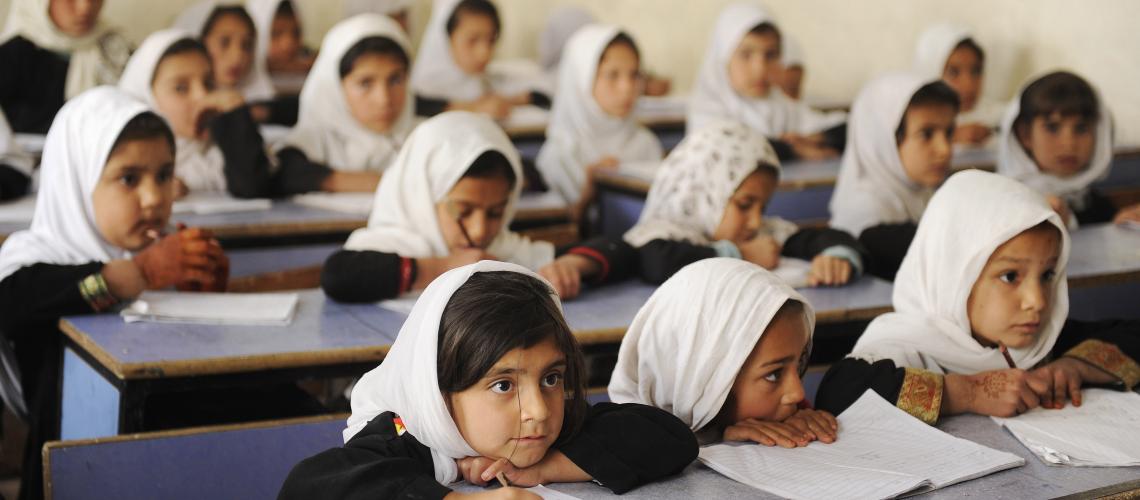
This course will introduce the learner to resilient schools and education. It aims to strengthen disaster risk management by providing adequate training on school safety planning and implementation in the context of the commitments of the 2030 Agenda and Systemic Risk. The overall aim of the online course is to strengthen the preparedness, mitigation, recovery and response capacities of the education sector and communities to disaster risks through disaster risk reduction education, school disaster management and safe learning facilities. The course will be comprised of eight modules, each running over two weeks. The online course is structured around the Comprehensive School Safety Framework (CSSF), and is divided in 8 modules aiming to provide a wide-ranging overview of the challenges and opportunities to secure resilient schools and education. Each module consist of presentations, lecture notes, reading list, and related resources (such as videos, bibliography, reports, and study cases among others). The course will be delivered by renowned experts in resilient schools and education.
Learning Objectives:
- To strength the understanding of resilient schools and education in the context of systemic risk and the Agenda 2030.
- To increase the capacity of policy makers and planners, related stakeholders, practitioners, and, other interested parties, to integrate DRR in their national education policies and plans, including the development and/or revision of national, regional and local disaster management plans;
- To train and guide decision‐makers, related stakeholders and practitioners, and other interested parties to improve the resilience of education facilities
- To improve the capacity of national authorities, related stakeholders and practitioners, and other interested parties to support school disaster management;
- To increase the capacity of curriculum developers, related stakeholders and practitioners, and other interested parties, to integrate DRR education in national curricula. As well as to increase these capacities on non-formal education modalities;
- To highlight the importance of multi-hazard assessment for the three pillars of the CSSF, and reinforce the capacities on technical and non-technical tools;
- To introduce the theory behind the VISUS methodology and its multi-hazard characterization, as well as its different phases and outcomes of the implementation;
- To highlight the importance of planning for and during emergencies with its specific particularities;
- To support the development of action plans for the implementation of the comprehensive school safety framework approach

